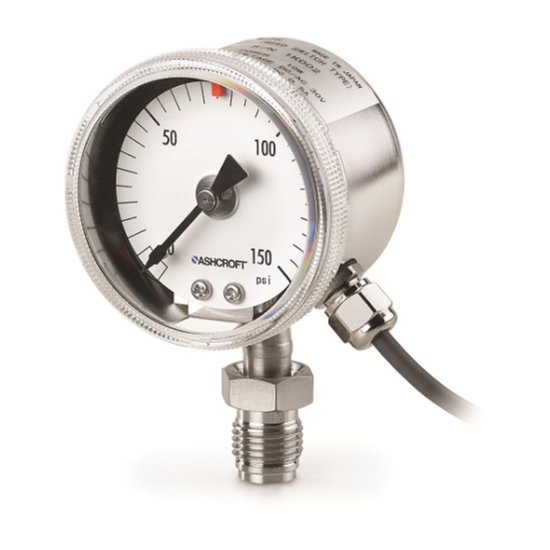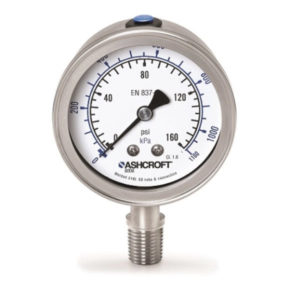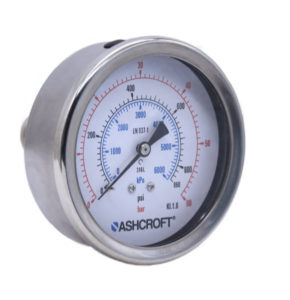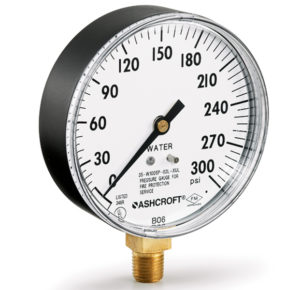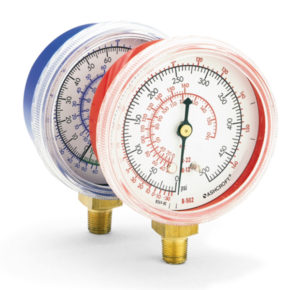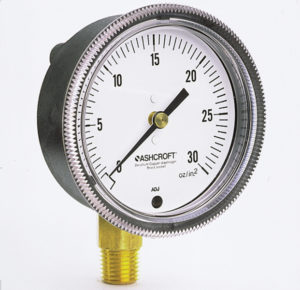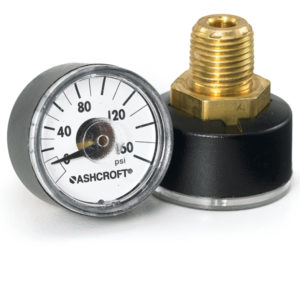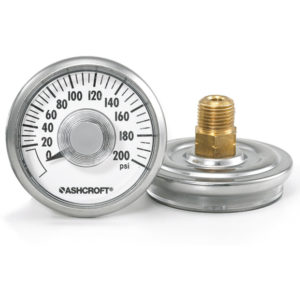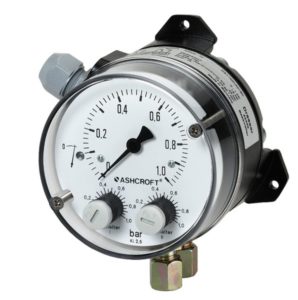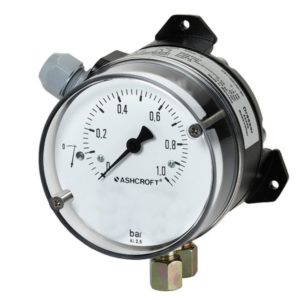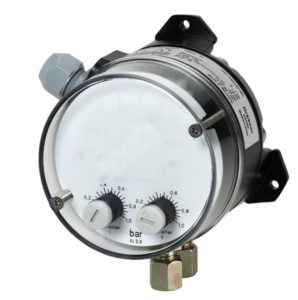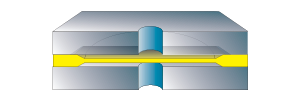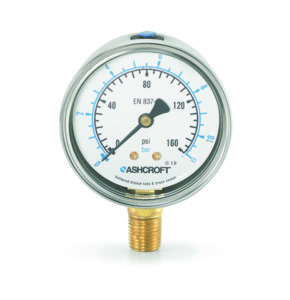

HPS High Purity Pressure Gauge with Reed Switch
HPS High Purity Pressure Gauge with Reed Switch
Key Features
316L stainless steel wetted parts
100% Helium leak tested
Cleaned in class 10,000/ISO Class 7 clean room
Polyethylene-sealed after nitrogen gas flushing
Markets & Applications
Machine Automation
Cylinder cabinet
Exhaust gas for CVD and etching equipment
High-Purity Gas Delivery Systems
Gas Sticks
Process gas analyzers
Semiconductor
- Specifications
- Downloads
Case Style
Open front case
Dial Size
50 mm
Pressure Type
Gauge pressure
Switch Style
Reed contacts SPST or SPDT
Ranges
4 ... 210 bar / 60 ... 3000 psi
Wetted Parts Material
Stainless steel 316L (1.4404)
Case or Body Material
Stainless steel 304 (1.4301)
Process Connection Size
¼ NPT
G ¼
Process Connection Location
Lower
Surface Finish
<0.38 μm Ra
Mounting
Stem
Process Connection Style
Threaded
Accuracy
1.6% of span (class 1.6)
5% of span for switch setting
- Category: Industrial Gauges

